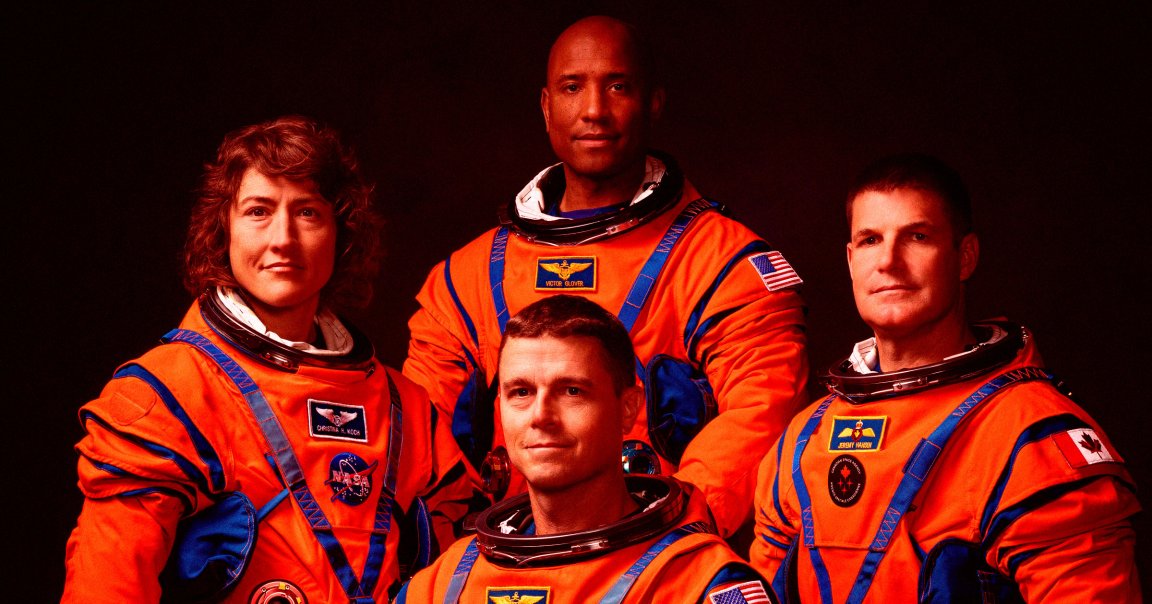
Canadian astronaut Jeremy Hansen, who’s scheduled to lift off as part of NASA’s historic Artemis 2 mission next year — the first crewed mission to the Moon since the 1970s — has an unusual plan for what to do on the launch pad.
Hansen, who has yet to fly to space, told Ars Technica senior space reporter Eric Berger that he’s hoping to “take a very short nap on the pad.”
The crew will climb into the Orion spacecraft roughly three hours before liftoff, giving him ample time for some shuteye.
“There’s enough time built in there to have a nap,” he said. “I’ve been practicing falling asleep. So if the loops are quiet enough, and I get a minute, I’ll try for a nap.”
It’s an unusual way to spend your last moments on Earth before traveling to the Moon and back over a ten-day mission. If all goes according to plan, NASA is hoping to launch its Artemis 2 mission as soon as February 5, two months earlier than originally planned, setting the stage for the first planned lunar landing in over half a century sometime in 2027.
But staying asleep well into the launch window likely will be anything but easy.
“About seven seconds prior to liftoff, the four main engines light, and they come up to full power,” mission commander Reid Wiseman told Berger. “And then the solids light, and that’s when you’re going.”
Apart from his napping plans, Hansen admitted he was “definitely worried” about experiencing “space adaptation syndrome,” the sickness accompanying weightlessness experienced by many astronauts.
While the crew of four won’t be touching down on the Moon itself, they’re aiming to travel farther than any human has ever done, reaching around 250,000 miles from Earth, and 6,400 miles beyond the far side of the Moon.
They will be collecting valuable data in anticipation of Artemis 3, which will involve SpaceX’s still-in-development Starship spacecraft, to walk on the lunar South Pole.
One example: they’ll be setting up a flywheel, a specialized exercise device that allows crew members to do both weightlifting and cardio movements in the weightlessness of space, to understand how additional perspiration on board NASA’s Orion spacecraft will affect the life support system.
Fortunately, after converting the cabin to spaceflight mode post-launch, the team will finally get an opportunity for some much-needed slumber.
“We get a nap, roughly about a four-hour block there, and then we get up, and we do the perigee raise burn at that point, and we do an emergency comms check out, and then we go back to bed again,” Hansen told Berger. “So it’s a strange day from a sleep perspective.”
“You know, it will be fine if we can sleep in all the little windows,” he added. “The challenge is actually getting to sleep in that excitement. I think exhaustion will help.”
More on Artemis 2: NASA Says It’s Hitting the Gas, Speedrunning Next Moon Mission